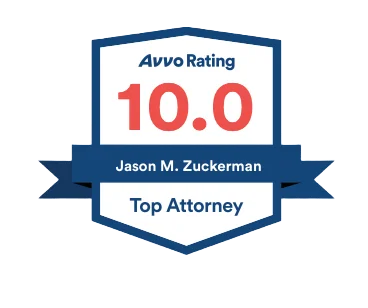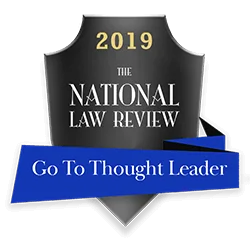Sarbanes Oxley Whistleblower Uncovers Financial Statement Fraud
A recent Michigan district court decision denying summary judgment in Wood v. Dow Chemical Company highlights the broad scope of Sarbanes Oxley whistleblower protection.
Wood worked as a fraud investigator at Dow, which required her to conduct internal investigations and report her findings to her supervisors. In the course of conducting an investigation, Wood discovered unreported personal expenditures made by Dow CEO Liveris, improper accounting practices designed to hide cost overruns, excessive use of the Dow corporate jet and financial statement fraud. Wood alleged that when she reported her concerns to superiors, she was subjected to retaliatory treatment, including threats and harassment. The campaign of retaliation culminated in Wood’s supervisor informing her that her employment would be terminated, which occurred just one day after Wood reported an instance of financial statement fraud. Dow moved to dismiss her claim, and the court denied the motion. The decision highlights the broad scope of SOX protected conduct, the broad range of retaliatory adverse actions, and the low burden of proving causation.
Scope of Sarbanes Oxley Protected Whistleblowing
Dow argued that Wood never engaged in protected conduct because her alleged disclosures did not relate to conduct that she reasonably believed to be an actual violation of a relevant securities law or regulation specified in Section 806. Noting that a SOX whistleblower “is not required to show that there was an actual violation of the provision involved” and need not “cite a code section [s]he believes was violated,” the court held that several of Wood’s disclosures implicate activity that a reasonable person, knowing the result of her reporting, would believe constituted protected activity.
For example, Wood alleged that she reported “project managers . . . purposefully moving expenses to capital to hide cost overruns with the approval of senior business management,” conduct that an experienced fraud investigator with accounting experience would reasonably believe violates one of the enumerated anti-fraud provisions in SOX.
Threatening to Terminate a Whistleblower is Tantamount to Constructive Discharge
Just two days after raising concerns about misleading accounting, Wood’s supervisor informed her that Dow would be providing Wood with a severance package. Wood, however, informed her supervisor that she was not seeking to leave her job and declined the severance offer. Wood alleged in her SOX suit that being informed that her employment would be terminated shortly after blowing the whistle amounted to a constructive discharge.
Applying a seven-factor test to determine whether a reasonable person would have felt compelled to resign under the circumstances, the court held that “being informed of impending termination two days after making a significant report of fraud could create conditions intolerable to a reasonable employee” and therefore Wood can proceed to discovery on her constructive discharge claim.
Establishing Causation is a Low Burden for Sarbanes-Oxley Whistleblowers
Defendants also moved to dismiss on the ground that Wood failed to allege a plausible causal connection between her whistleblowing and her separation from Dow. The court surveyed decisions construing the “contributing factor” causation standard and identified the following key principles:
- “Temporal proximity between the protected activity and adverse employment action may alone be sufficient to satisfy the contributing factor test.” Lockheed Martin Corp. v. Admin. Review Bd., U.S. Dep’t of Labor, 717 F.3d 1121, 1136 (10th Cir. 2013).
- A SOX whistleblower need only plead sufficient facts, taken as true, that support the inference that her whistleblowing activity “tended to affect [her] termination in at least some way.” Feldman v. Law Enforcement Associates Corp., 752 F.3d 339, 348-49 (4th Cir. 2014).
- A SOX whistleblower “need only show that her protected activity ‘played a role in’ her dismissal.” Marano v. Dep’t of Justice, 2 F.3d 1137, 1140-41 (Fed. Cir. 1993).
The court found that Wood’s allegation that she engaged in protected conduct one day prior to being informed of the termination of her employment was sufficient to plead causation.
For more information on Sarbanes-Oxley whistleblower protection, see the Zuckerman Law SOX whistleblower FAQ.
See also Whistleblower Rewards and Protections for Compliance Officers and Compliance Personnel.
SOX Whistleblower Retaliation
What Damages Can a SOX Whistleblower Recover?
Leading SOX Whistleblower Retaliation Lawyers

Click here to read reviews of our whistleblower retaliation lawyers from clients that we have represented in whistleblower rewards and whistleblower retaliation matters.









